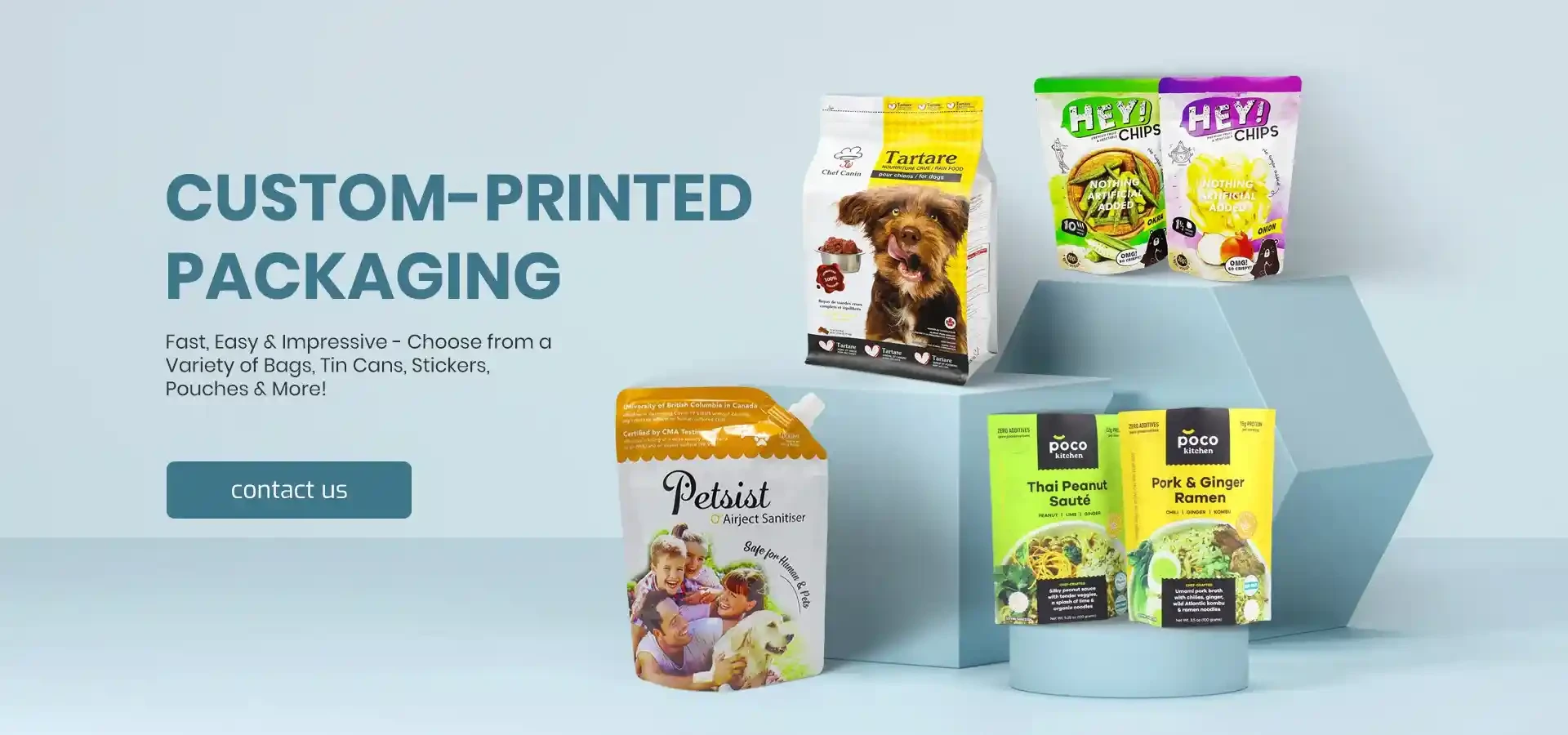- Afrikaans
- Albanian
- Amharic
- Arabic
- Armenian
- Azerbaijani
- Basque
- Belarusian
- Bengali
- Bosnian
- Bulgarian
- Catalan
- Cebuano
- chinese_simplified
- chinese_traditional
- Corsican
- Croatian
- Czech
- Danish
- Dutch
- English
- Esperanto
- Estonian
- Finnish
- French
- Frisian
- Galician
- Georgian
- German
- Greek
- Gujarati
- haitian_creole
- hausa
- hawaiian
- Hebrew
- Hindi
- Miao
- Hungarian
- Icelandic
- igbo
- Indonesian
- irish
- Italian
- Japanese
- Javanese
- Kannada
- kazakh
- Khmer
- Rwandese
- Korean
- Kurdish
- Kyrgyz
- Lao
- Latin
- Latvian
- Lithuanian
- Luxembourgish
- Macedonian
- Malgashi
- Malay
- Malayalam
- Maltese
- Maori
- Marathi
- Mongolian
- Myanmar
- Nepali
- Norwegian
- Norwegian
- Occitan
- Pashto
- Persian
- Polish
- Portuguese
- Punjabi
- Romanian
- Russian
- Samoan
- scottish-gaelic
- Serbian
- Sesotho
- Shona
- Sindhi
- Sinhala
- Slovak
- Slovenian
- Somali
- Spanish
- Sundanese
- Swahili
- Swedish
- Tagalog
- Tajik
- Tamil
- Tatar
- Telugu
- Thai
- Turkish
- Turkmen
- Ukrainian
- Urdu
- Uighur
- Uzbek
- Vietnamese
- Welsh
- Bantu
- Yiddish
- Yoruba
- Zulu
Innovations in Pharmaceutical Packaging and Printing for Enhanced Product Safety and Efficiency
The Evolution and Importance of Pharma Packaging and Printing
Pharmaceutical packaging is a critical aspect of the healthcare industry, serving not only as a means to safeguard medicinal products but also as a communication tool between manufacturers, healthcare providers, and patients. The intricate relationship between packaging and printing in the pharmaceutical sector has evolved significantly over the years, driven by advancements in technology, regulatory requirements, and the growing need for patient safety and compliance.
Pharmaceutical packaging must fulfill several essential functions. Firstly, it acts as a protective barrier, safeguarding drugs from external factors such as moisture, light, and contamination, which could compromise the integrity of the product. Secondly, effective packaging ensures the stability and shelf-life of medications, thereby enhancing their efficacy. Furthermore, it aids in compliance, as clear and informative labeling informs users about dosage, administration, and potential side effects.
The Evolution and Importance of Pharma Packaging and Printing
Moreover, the emergence of smart packaging technology has introduced exciting possibilities. Smart packages equipped with QR codes or NFC (Near Field Communication) chips allow consumers to access detailed product information, verify authenticity, and even receive notifications related to usage. Such features enhance patient engagement and promote adherence to medication regimens, ultimately leading to better health outcomes.
pharma packaging printing

Another critical aspect of pharmaceutical packaging is sustainability. As environmental concerns continue to rise, there is an increasing demand for green packaging solutions. Manufacturers are exploring biodegradable materials, recyclable packaging, and eco-friendly inks to minimize their environmental footprint. The shift towards sustainable packaging not only meets regulatory and consumer demands but also demonstrates corporate responsibility and commitment to health beyond pharmaceuticals.
Regulatory compliance is a vital component of pharma packaging and printing. The pharmaceutical industry is one of the most regulated sectors globally, with stringent guidelines governing labeling, packaging, and product information. Adhering to these regulations is essential to ensure patient safety and product efficacy. Failure to comply can result in severe consequences, including recalls, fines, and reputational damage. Therefore, companies must invest in robust quality assurance processes and stay updated with evolving regulatory landscapes.
In addition to regulatory compliance, the packaging design itself plays a significant role in enhancing the user experience. Clear, intuitive designs can aid in the correct administration of medications, reducing the risk of errors and enhancing patient safety. The use of braille, bold fonts, and contrasting colors can further assist individuals with visual impairments. Hence, user-centered packaging design is essential in promoting health literacy and ensuring accessibility.
The future of pharmaceutical packaging and printing holds great promise. With the rise of the Internet of Things (IoT), we can expect to see more interconnected devices that will streamline supply chain processes and reduce counterfeit risks. Increased automation and artificial intelligence in printing processes could lead to greater efficiency, reduced costs, and improved quality control.
In conclusion, pharmaceutical packaging and printing are integral to the healthcare system, fulfilling essential roles in product protection, compliance, and communication. As technology continues to advance and consumer expectations evolve, the industry must adapt, embracing innovation while maintaining a steadfast commitment to safety, efficacy, and environmental responsibility. A thoughtful approach to pharma packaging will undoubtedly lead to enhanced patient outcomes and a more sustainable future for the industry.













